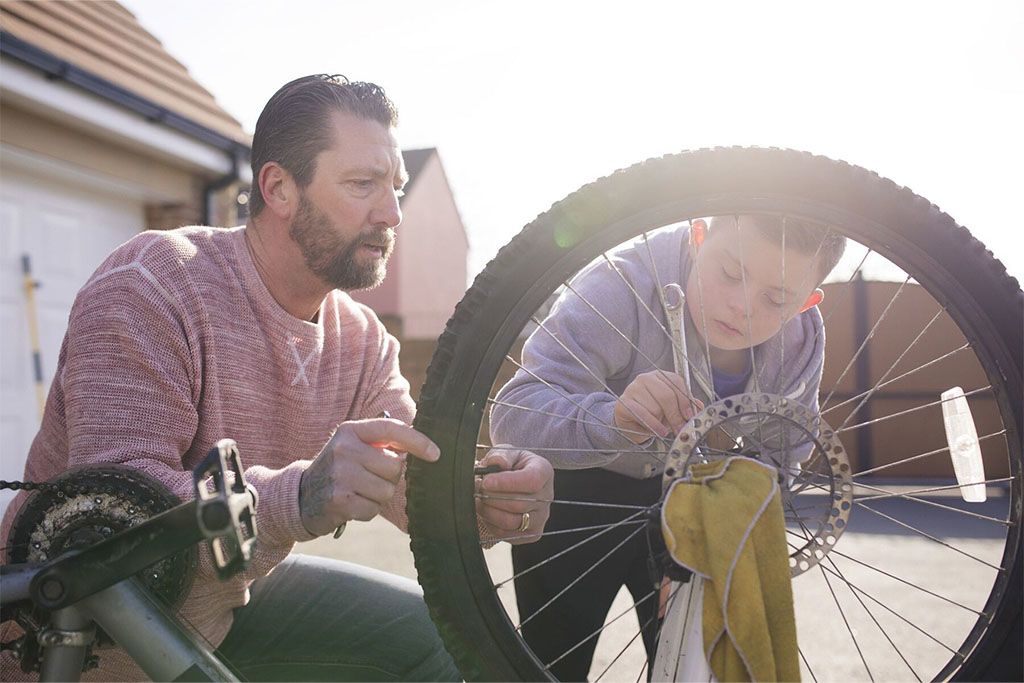How the strategy was developed

We know the value that the expertise and experiences of people and communities bring to our work at NICE, and in our recommendations to the health and care system. To help us understand what we were doing well and what could be improved, we commissioned an independent review and listening exercise to reflect on how we currently involve and engage people and communities.
Its purpose was to consider how we can have more impactful involvement and engagement at NICE. The independent review, conducted by Dr Charlotte Augst, found brilliant work and impactful engagement already happening in the production of NICE guidance, but our stakeholders and staff felt that we could further develop and build upon the work done to date. We were urged to be more curious about what matters to people and communities and in doing so, ensure we clearly heard from communities who are often marginalised and underrepresented.
This work has underpinned the development of a new three-year strategy for people and community involvement and engagement at NICE.

A strategy for the future
At NICE, we have always been passionate about involving people and communities in the work that we do. Now, we want to outline our commitment to grow the involvement, engagement and influence of people and communities across our organisation.
This strategy describes how we will improve the way we capture the collective wisdom and experiences of the people and communities we serve by 2027. Improving how we involve and engage people and communities within our work will ensure our guidance is relevant and impactful, which helps improve guidance uptake and ultimately provide the best care to people.
This strategy is our roadmap for the next 3 years to adopting a NICE-wide, innovative approach to involvement and engagement, where people and communities feel safe and empowered to work with us in partnership to impact and influence our guidance. We will use the principles outlined in this strategy to ensure that involvement and engagement with people and communities is approached with respect and is pragmatic and purposeful.
Our strategy will define where we will focus annually, over the next three years and how we will work with partners, stakeholders and staff. This allows everyone who works with NICE to understand our approach and what they can expect when we work together.

The scope of the strategy
NICE’s purpose is to get the best care to people fast, while ensuring value for the taxpayer.
Understanding what matters most to people, communities and the wider public informs the priorities of NICE, set against the context of the health and care landscape that we serve. As well as the development and implementation of the guidance we produce, our work must also consider wider public and societal opinion on what we prioritise, the best practice methodology and research evidence available, and the value that new medicines, health technology, procedures and guidelines bring to the health and care system.
This strategy specifically defines the best-practice approach we will take for involvement and engagement during development and implementation of NICE guidance. The outcome is to improve the impact of our guidance and ensure the best care for people and communities.
This strategy does not consider how we consider wider public and societal opinion on what we prioritise and value, our best practice approach to methodology and research evidence, and the value that new medicines, health technology, procedures and clinical guidelines bring to the health and care system. While this informs the strategic direction and approach NICE takes, this work is within the scope of the NICE Listens public engagement programme, the NICE prioritisation framework and Board and is reflected in the best-practice methods we use to develop our guidance and assess value through health technology appraisals.

Developing our strategy together
NICE can’t develop a strategy for involving and engaging people and communities on its own.
Building on the independent review and listening exercise, we engaged with people, communities and stakeholders who work with NICE to test and validate our proposed approach. Development of the strategy has been a collaborative effort with input, guidance and expertise provided by a range of individuals and groups.
We have endeavoured to maximise input from the people and communities we serve, alongside other trusted and valued stakeholders including representatives from the Voluntary and Community Sector, our own workforce and a range of experts in this field.
This has resulted in a strategy that will form the foundation of how we work together going forward.

To help develop our strategy, we...
Analysed over 80 responses to our survey from the NICE People and Communities Network, Voluntary and Community Sector Forum and NICE committee members.
Carried out over 30 dedicated interviews with members of the public and the community we serve, as well as colleagues at NICE.
Appraised the direction and scope of the strategy throughout development with colleagues, partners and stakeholders.
Conducted four dedicated focus groups to capture insights and hear directly from our workforce and people and partners who work closely with NICE.
Ran a public consultation on the draft strategy, receiving responses from 81 people and organisations, as well as holding additional focus groups.
Getting the language right
Using the right language can be difficult; word choices can exclude certain groups, individuals or communities.
In the past, we have referred to ‘public involvement’ at NICE. We also interchange the terms ‘patient, public, people and community’ and ‘involvement and engagement’. Throughout our work, we hope that the terms ‘people’ and ‘community’ reflects the multiple individuals and groups that we work with. This includes but is not limited to; patients, carers, people who use health and social care services, their families, health and care staff and voluntary and community organisations. We have used the term ‘involvement and engagement’ to encompass the range of best practice approaches we wish to adopt, from consultation through to decision-making.
Our intention is to be inclusive, giving those that both need and want to be involved every chance to do so. We will always endeavour to use language that reflects this intention.
Over time, as we learn more and best practice evolves, our language may change. We commit to continue to test and learn with people, communities and partners, to ensure we use appropriate terminology throughout all our engagement. We commit to a continual improvement process which will be co- produced with people and communities.





